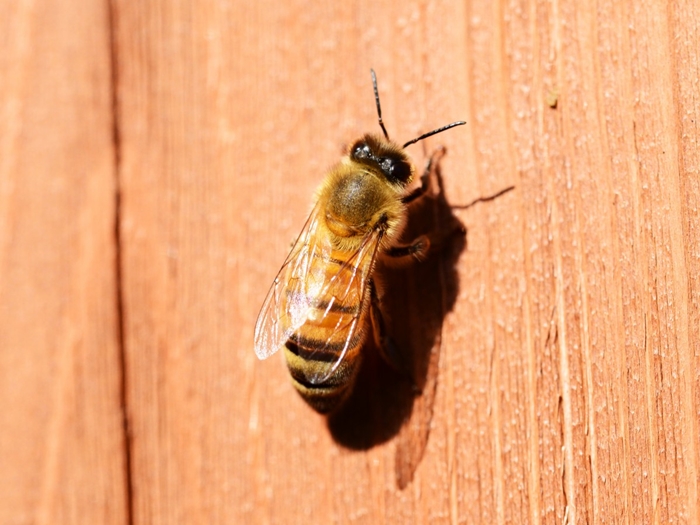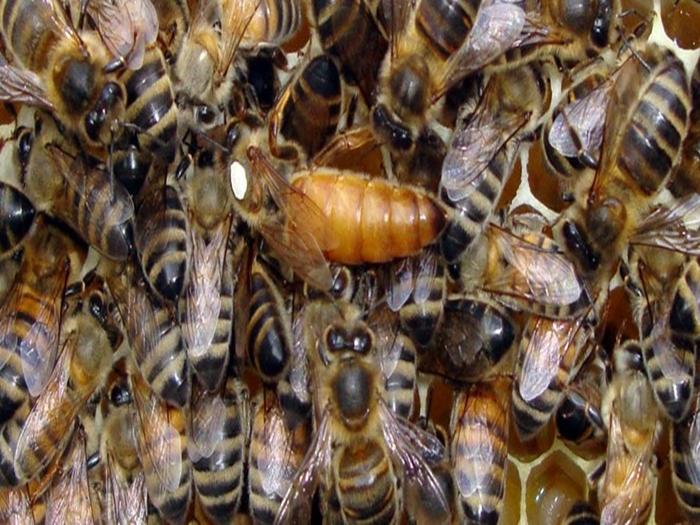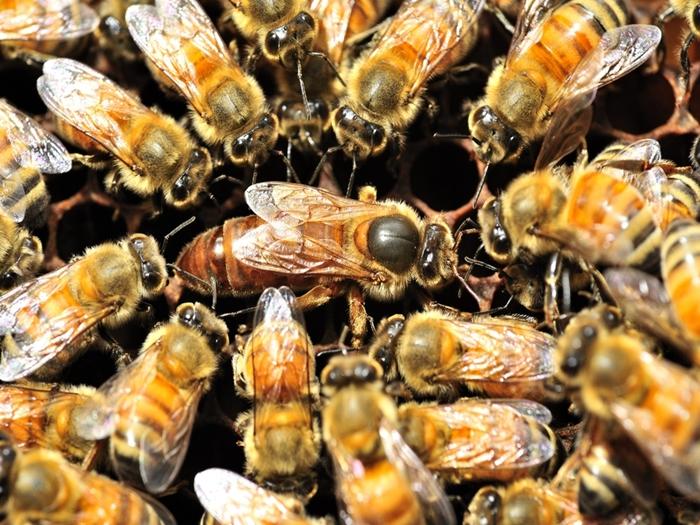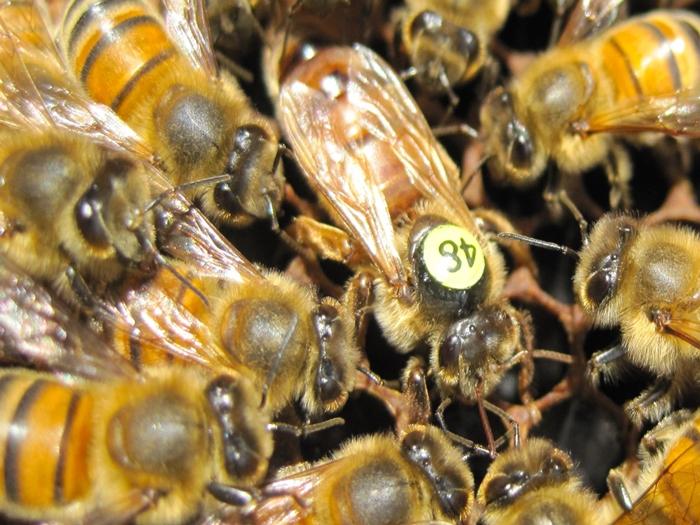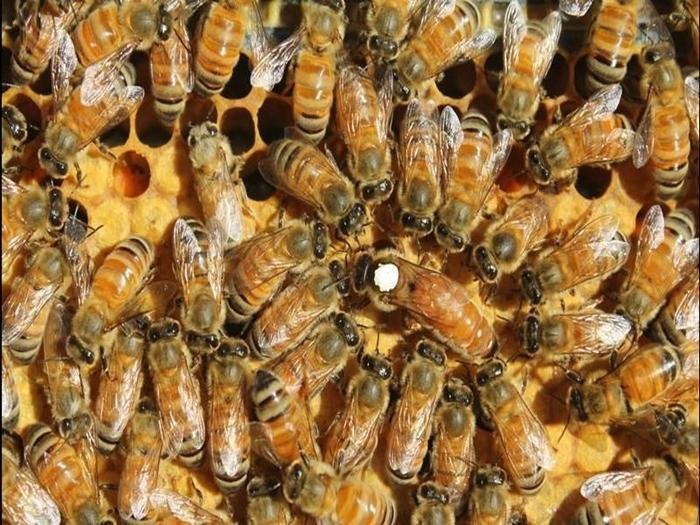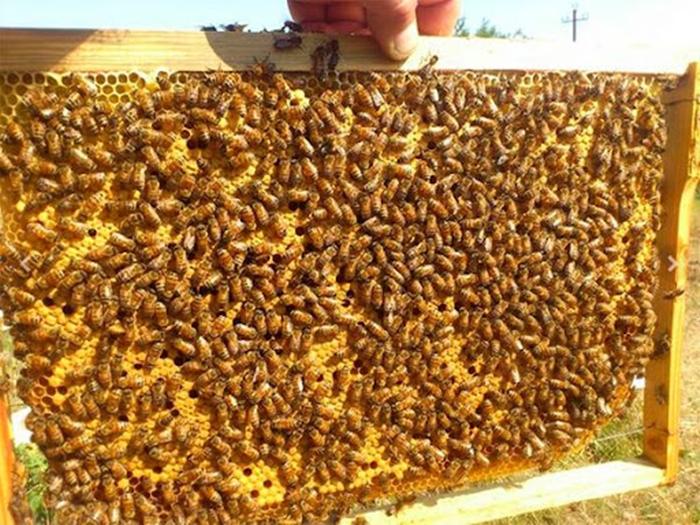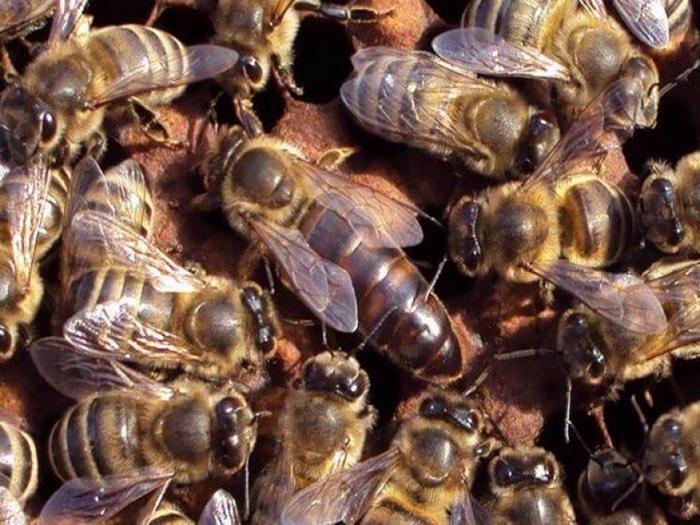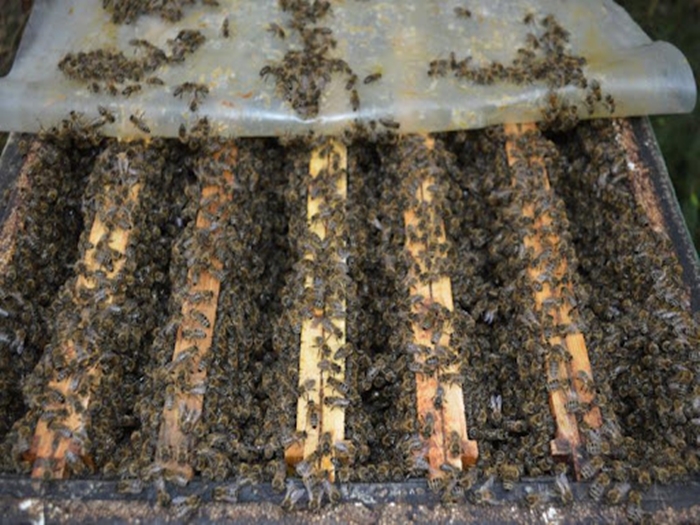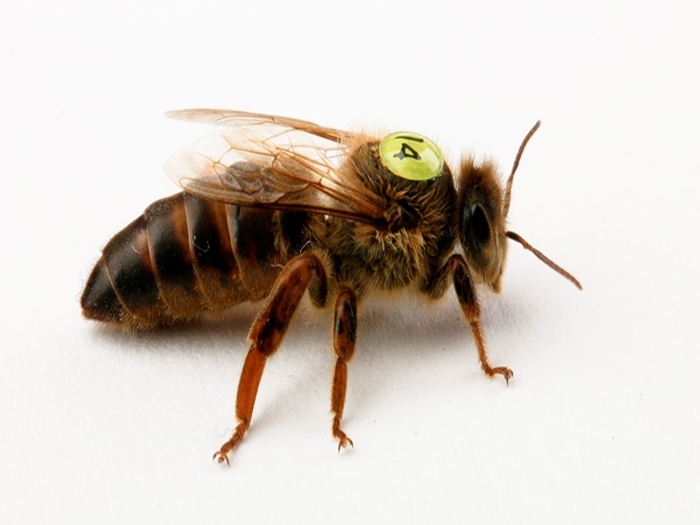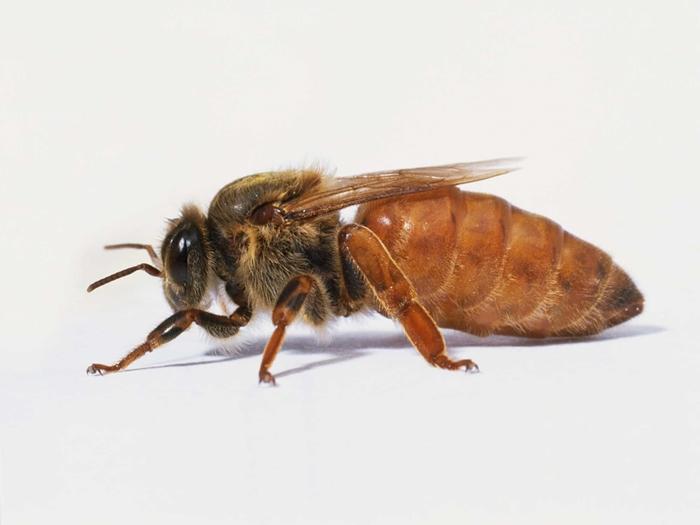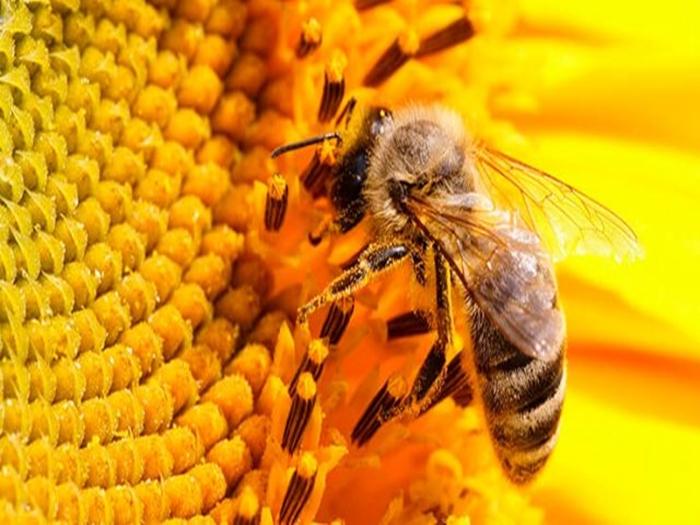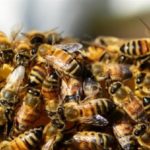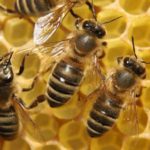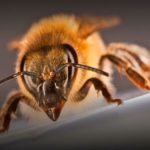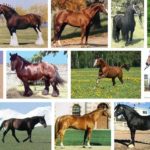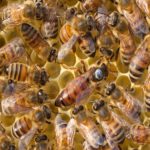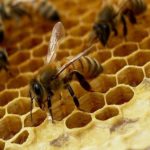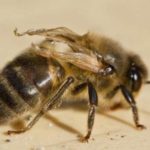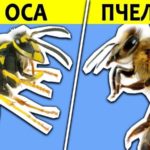The Buckfast bee breed appeared as a result of long-term selection, which took more than half a century. As a result, it was possible to obtain productive and friendly insects that are characterized by a low tendency to swarm. Today there are more than 10 species of bees of this breed. They have many advantages, but they also have an important disadvantage, which is the lack of resistance to frost. Therefore, bees cannot be bred in regions with cold climates.
Description of buckfast bees
Buckfast is considered a priority breed in beekeeping. The main disadvantage of these insects is their poor susceptibility to low temperatures. Therefore, they cannot be bred in cold regions. The main characteristics of this line of insects include the following:
- Habitat – the source material has not been preserved in natural conditions. A few samples are available in Germany at a special station. Its main task is to preserve the species.
- Weight – the average weight of a working individual is 120 milligrams. At the same time, the unfertilized queen weighs approximately 195 grams, and the one ready for laying weighs 215.
- Appearance – slight hairiness is present mainly on the back of bees. In this case, the lower part of the abdomen is smooth. The background color is a cross between yellow and brown. Below the back there are noticeable stripes. The wings are light and transparent, and the legs are black and glossy.
- The size of the proboscis - it has an average length of 6.8 millimeters.
- Behavior – bees do not show aggression towards family members and people. If you remove the lid from the hive, the insects move deeper. They rarely attack people.
- Winter hardiness - this parameter is considered the main disadvantage of bees. They are not able to prepare the hive for winter on their own. Therefore, the beekeeper must take care of its insulation.
- The level of egg laying of queens is the average parameter is 2 thousand eggs.
- Honey collection process – Buckfast bees are characterized by high floromigration. They do not choose one honey plant, but constantly change plants.
Productive Features
The breed is characterized by a high degree of productivity, which is practically independent of external factors. There are also some features:
- During the middle bribe, the family continues to increase in strength.
- At the stage of strong feeding, the queen bee is slightly limited to bees.
- Brood often appears in colonies even in the fall, which helps extend the beekeeping period.
The queens of this breed are considered very productive. In late spring they are capable of laying up to 2 thousand eggs per day. Therefore, the breed is characterized by the creation of large families.
In addition, representatives of this breed are able to use weak and strong bribes that are extended over time. The beekeeper needs to maximize the strength of the bee colony. If the bribe is too weak, it is recommended to feed the bees.
Behavior and climate preferences
One of the main characteristics of the breed is its calm disposition. They do not attack people without reason, and therefore beekeepers can calmly inspect the hive. This does not require the use of a smoker, net or gloves.
Another feature of these bees is their hard work. They are able to carry pollen from early morning until late evening. Bees can work even in low temperatures – down to +10 degrees.
Insects prefer a humid climate. These bees are more comfortable in regions that experience frequent rainfall. As a striking example, it is worth citing the middle lane. However, the breed is able to adapt to almost any conditions.
Specifics of honey collection and swarming
The size of honey collection is directly affected by beekeeping. In this case, the strength of bee colonies, bribes and the structure of the hive are of great importance. Migratory migration significantly increases the amount of honey. However, even without this there is a lot of it.
In order for buckfast bees to perform well during honey harvest, it is not recommended to limit the growth of insect numbers. You should also not use techniques such as selecting sealed brood or dividing families. This provokes a decrease in their growth.
In the summer, almost all the beekeeper’s work consists of installing additional buildings and pumping out honey. A characteristic feature of bees during the honey harvest period is the minimal production of propolis.
The breed has virtually no tendency to swarm. So, in 5 years of keeping bees, literally 2-3 families go into a swarm state. This is considered an excellent indicator.
Breed content
Although representatives of the Buckfast breed are considered unpretentious, they require proper care.
Nutrition
The early development of insects is good only if the region has sufficient food for them from the beginning of spring. If bees are bred in the northern or western regions, the beekeeper must take care of feeding.
Conditions of detention
Buckfast bees are considered the most demanding of space. Insects require large hives. Without this, the family will not be able to increase the number of individuals and strength. It is worth noting that the amount of honey produced by individuals directly depends on these factors. Each family should have its own hive.
It is worth putting special sun loungers in the houses themselves. They will promote the reproduction of insects and help preserve the maximum amount of honey. It is important that bee houses are warm. When raising individuals in the northern regions, insulation of dwellings is required.
Wintering
When temperatures drop, insects accumulate into a ball. For wintering they prefer to use empty honeycombs. From time to time the insects change places. This is required for warmth and access to food. Bees need energy to raise the temperature in the hive to +300 degrees. Such parameters are important when brood appears.
To maintain normal temperature in the hive, these individuals need to eat 30 grams of honey per day. This feature must be taken into account before wintering. If necessary, the bee colony should be fed with syrup. High-quality insulation of the hive is of no small importance.
After wintering, the bees begin to fly around. If the cold season has gone well, you will be able to see the appearance of frames with brood in the hive. There should also be no signs of nosematosis.
Diseases
Buckfast bees have strong immunity. They are not susceptible to ascospherosis, nosematosis and acarapidosis. In this case, insects suffer from the following pathologies:
- varroatosis;
- European foulbrood;
- tracheal mite;
- American foulbrood.
Therefore, experts recommend that beekeepers pay attention to prevention. This is especially true during the preparation for winter.
Pros and cons of the breed
Representatives of this breed have many advantages:
- The high productivity of the queen contributes to the rapid growth and development of the bee colony.
- Bees have a high degree of endurance. They are able to collect nectar from large tracts of honey plants.
- There are lines for using early spring and autumn bribes.
- Families create compact nests that are located in the lower tiers. Bee bread and honey are stacked at the top.
- The bottom of the hive is always kept clean.
- The nests contain a minimum of propolis.
- Bees have a calm character. They are quite convenient to work with.
- Families are highly resistant to pathologies and parasites.
- Bee colonies have no tendency to swarm.
- The combination of positive qualities allows you to collect a lot of honey.
At the same time, buckfast bees are characterized by some disadvantages. The main disadvantage is considered to be low resistance to frost.Therefore, in the northern regions it is almost impossible to provide insects with a normal wintering.
Another important disadvantage is the high labor intensity of queen production. This is due to their high cost. When using low-quality queens, the characteristics will split after 2 generations. This will make families more aggressive.
Buckfast is a unique breed of bees that has many advantages. These insects are highly productive and have very strong immunity. Therefore, representatives of this breed are often used to produce honey for industrial purposes.


